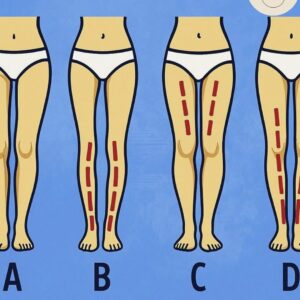Chin hair in women is more common than many realize, ranging from “fine, light strands to coarse, dark hairs.”
While often harmless, it can sometimes signal underlying issues.Hair growth follows natural cycles, but hormones like androgens — especially testosterone — play a major role. “When levels rise or when there’s heightened sensitivity,” chin hair becomes more visible. Genetics also matter, particularly if female family members have facial hair.
“Conditions like PCOS can increase androgen levels,” causing facial hair in male-pattern areas. Menopause, certain medications, and family background — especially Middle Eastern, Mediterranean, or South Asian — can also contribute. Other medical conditions, like Cushing’s syndrome or thyroid issues, may be involved, so it’s worth checking if symptoms like acne or irregular periods appear.Women often feel “embarrassment and self-consciousness,” due to beauty standards promoting smooth skin. Hair removal can be costly, time-consuming, and emotionally draining. Cultural stigma adds pressure, though body positivity movements are growing.Options include shaving, waxing, or long-term treatments like laser removal. “Prescription creams… can slow hair growth,” and lifestyle changes — like stress management or spearmint tea — may help. Ultimately, whether you remove it or not, what matters most is how *you* feel.





